Fire safety is a critical concern in both residential and commercial settings. Among the various fire safety devices, fire blankets stand out as simple yet highly effective tools for extinguishing small fires and protecting individuals from burn injuries. This guide will provide a step-by-step guide on how to use a fire blanket to maximize its life-saving potential, minimize fire-related injuries, and enhance overall fire safety in the workplace and home.
Understanding Fire Blankets and Their Importance in Fire Safety
What is a Fire Blanket?
A fire blanket is a safety device made of fire-resistant materials like fiberglass or treated wool. It functions by smothering flames, effectively cutting off the oxygen supply that fire needs to sustain itself. Fire blankets are designed to be easily accessible in emergencies, making them a crucial part of any fire safety plan.
Key Features of Fire Blankets
Feature | Description |
Material | Fire-resistant fabric (e.g., fiberglass, treated wool) |
Size | Typically 1m x 1m or larger |
Storage | Quick-release container for easy access |
Usage | Smothering small fires, protecting individuals |
The Science Behind Fire Blankets
Fire blankets work on the principle of oxygen deprivation, focusing on the fire triangle: heat, fuel, and oxygen. By cutting off oxygen, a fire blanket can effectively smother flames and prevent the fire from spreading.
- How It Works: When a fire blanket is placed over flames, it blocks the surrounding air, preventing oxygen from fueling the fire.
- Result: The fire eventually dies out, as it’s deprived of the oxygen it needs to keep burning.
When to Use a Fire Blanket: Identifying the Right Scenarios
Knowing when to use a fire blanket can make all the difference in preventing injuries and property damage. Fire blankets are most effective in the following situations:
- Small Fires: For small, contained fires (Class A and F).
- Clothing Fires: When an individual’s clothes are on fire.
- Emergency Shield: Providing a protective barrier when moving through flames.
Types of Fires Suitable for Fire Blanket Use
Fire Type | Suitability | Examples |
Class A (Ordinary combustibles) | Yes | Paper, wood, textiles |
Class F (Cooking oils and fats) | Yes | Kitchen grease fires |
Class C (Electrical) | No | Electrical equipment fires |
Class B (Flammable liquids) | Limited use | Small fuel spills |
Note: Fire blankets are not suited for electrical fires (Class C) or large, rapidly spreading fires. For such scenarios, use other fire safety devices like fire extinguishers and ensure evacuation if needed.
Step-by-Step Guide: How to Use a Fire Blanket Correctly
For Smothering a Small Fire
- Assess the Situation: Determine if the fire is small enough to be tackled with a fire blanket.
- Retrieve the Blanket: Firmly pull down on the tabs to release it from its container.
- Protect Yourself: Hold the blanket in front of you as a shield, covering your hands and body.
- Approach the Fire: Carefully move towards the fire with the blanket held in front of you.
- Cover the Fire: Place the blanket gently over the fire, ensuring it fully covers the flames.
- Seal the Edges: Press down on the edges to create a seal, cutting off the oxygen supply.
- Turn Off the Heat Source: If safe, switch off any heat sources.
- Wait: Leave the blanket in place for at least 15–30 minutes to ensure the fire is out.
- Evacuate and Call for Help: If the fire persists or spreads, evacuate and contact emergency services immediately.
For Protecting a Person Whose Clothes Are on Fire
- Instruct to Stop, Drop, and Roll: Advise the person to stop moving and roll on the ground.
- Retrieve the Blanket: Quickly access the fire blanket.
- Unfold Completely: Ensure the blanket is fully opened.
- Position Yourself: Stand behind the person, holding the top edge of the blanket.
- Cover the Person: Lower the blanket over the person from head to toe.
- Instruct to Wrap Arms: Guide them to wrap their arms around their chest.
- Maintain Position: Encourage them to stay still until help arrives.
- Seek Medical Attention: Even if the fire is out, call for medical assistance to assess for burns.
Key Tips for Effective Fire Blanket Use
Maximize fire blankets’ effectiveness with these fire safety tips:
- Regular Inspections: Check fire blankets monthly for damage.
- Proper Storage: Store blankets in visible, easy-to-access locations.
- Training: Ensure everyone knows how to use a fire blankets.
- Quick Action: Remain calm and act quickly.
- Know the Limits: Fire blankets are only for small fires.
Fire Blanket Placement Strategy
Placing fire blankets strategically in a home or workplace improves fire response times. Here are some ideal spots:
- Kitchen: Near cooking areas but not directly above the stove.
- Workshops: Close to areas with potential fire hazards.
- Bedrooms: Accessible in case of nighttime emergencies.
- Garages: Near stored chemicals or fuel.
Advantages of Fire Blankets in Fire Safety
Fire blankets provide numerous advantages over other fire safety equipment:
Advantage | Description |
Ease of Use | Simple to use, even with minimal training |
No Residue | No messy residue, unlike fire extinguishers |
Versatility | Effective on various small fires |
Compact | Easy to store and carry |
Silent Operation | No noise, beneficial for specific settings |
Comparing Fire Blankets to Other Fire Safety Tools
Understanding the role of fire blankets compared to other tools like fire extinguishers and sprinkler systems helps in creating a fire safety plan.
Feature | Fire Blanket | Fire Extinguisher | Sprinkler System |
Best For | Small fires, personal protection | Various fire types | Large area protection |
Ease of Use | Very easy | Requires some training | Automatic |
Portability | Highly portable | Portable | Fixed system |
Maintenance | Minimal | Regular checks needed | Professional maintenance |
Cost | Low to moderate | Moderate | High |
Maintenance and Care of Fire Blankets
Keep your fire blanket ready with these maintenance tips:
- Inspect for any tears or damage monthly.
- Store in its designated container until needed.
- Replace if used or showing signs of wear.
- Manufacturer Guidelines: Follow replacement intervals (usually every 5–7 years).
Signs a Fire Blanket Needs Replacement
- Visible tears, holes, or discoloration
- Stiffness or brittleness
- Damaged or hard-to-open container
- Past the manufacturer’s recommended lifespan
Fire Blanket Training and Education
Training is essential for effective use. Consider these fire safety training approaches:
- Regular Drills: Conduct fire safety drills with fire blankets.
- Hands-On Practice: Let individuals practice handling fire blankets.
- Visual Aids: Use posters or videos for guidance.
- Safety Orientations: Include fire blanket training in new employee orientations.
Creating a Comprehensive Fire Safety Plan
Incorporating fire blankets into a larger fire safety plan helps boost preparedness:
- Identify Potential Hazards: Assess areas with higher fire risks.
- Develop Evacuation Routes: Create and review safe exit paths.
- Assign Roles: Designate responsibilities in a fire emergency.
- Maintain Equipment: Regularly inspect fire blankets and other safety devices.
- Review and Update Plan: Keep the plan up-to-date with training.
Conclusion: Maximizing the Life-Saving Potential of Fire Blankets
Fire blankets are invaluable tools in fire safety, especially when used correctly. They can save lives and prevent severe injuries during small fire incidents. Remember to integrate fire blanket usage into your comprehensive fire safety plan. Proper training, quick access, and routine maintenance are vital for effective use.
In addition to knowing how to use a fire blanket, prioritize fire prevention through electrical safety, cautious cooking, and fire-prone area maintenance. By combining preventive measures with a solid fire safety plan, including fire blankets as a protective tool, you can create a safer environment at home or in the workplace. Fire safety knowledge and preparation remain your strongest defenses.
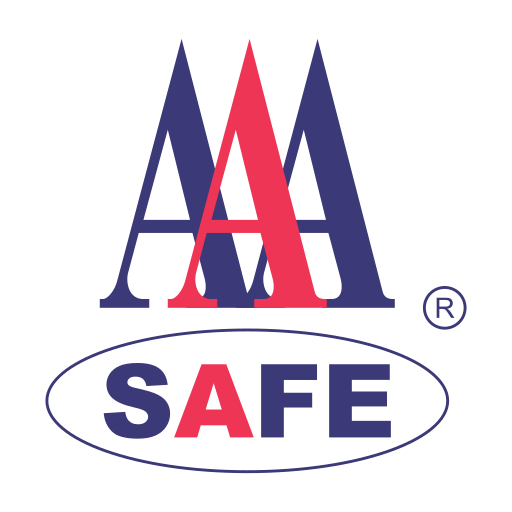
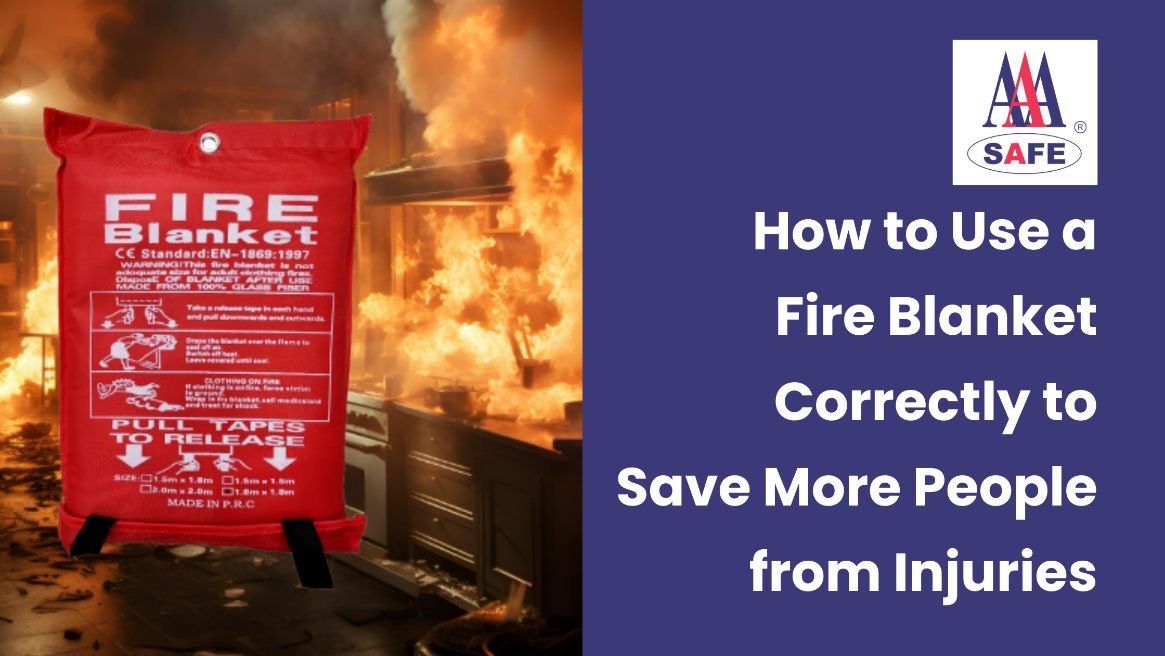
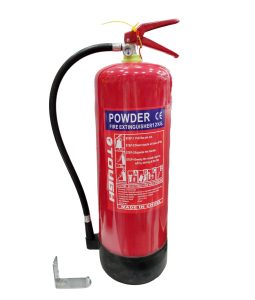
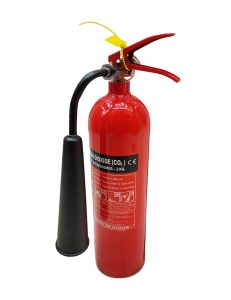
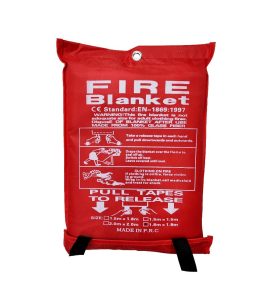








 Online | Privacy policy
Online | Privacy policy